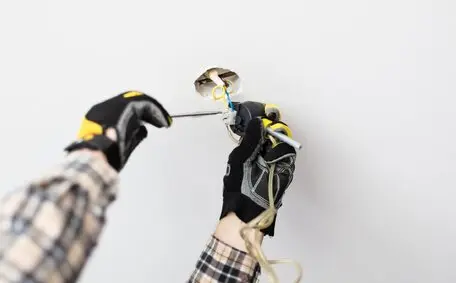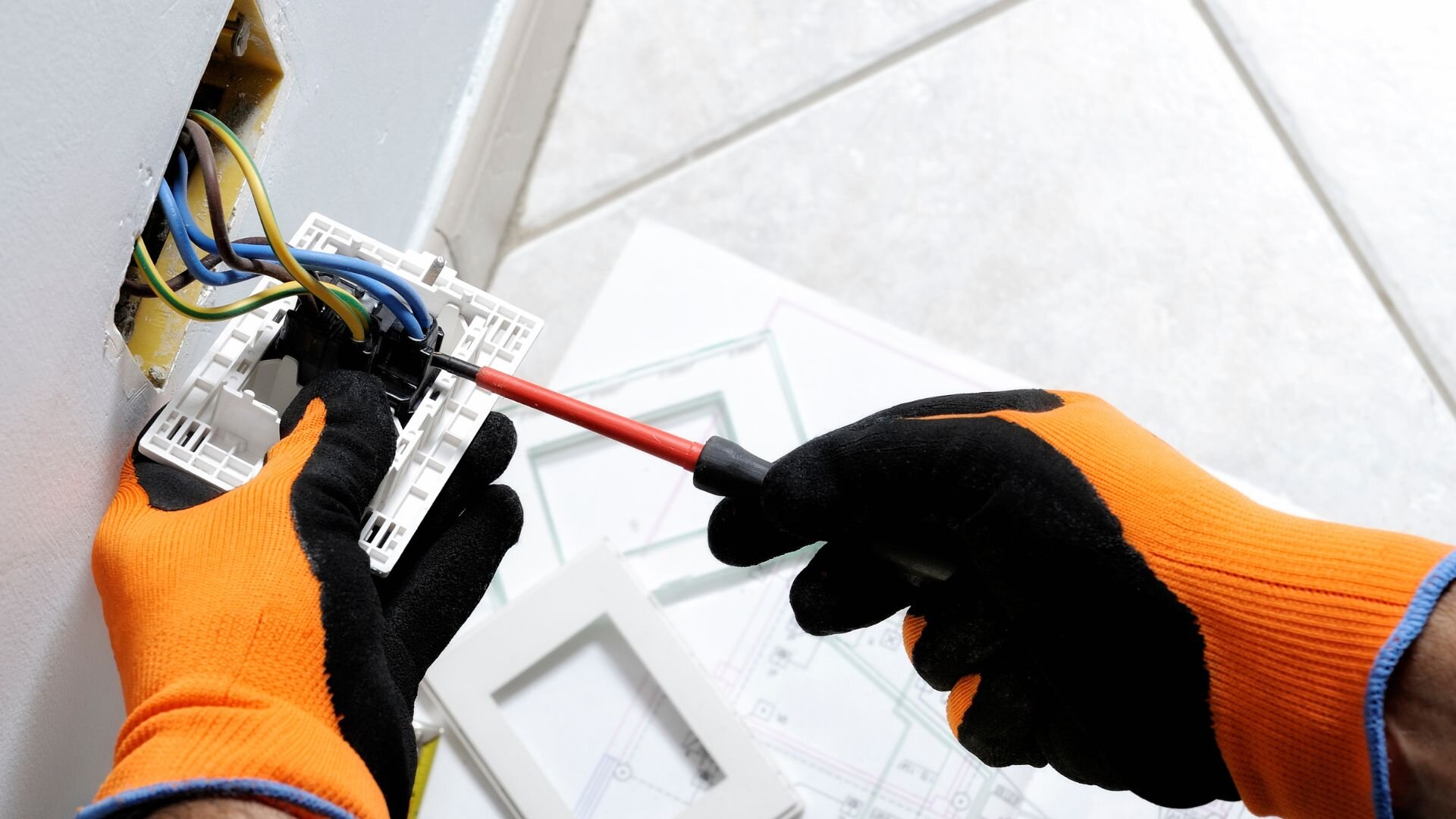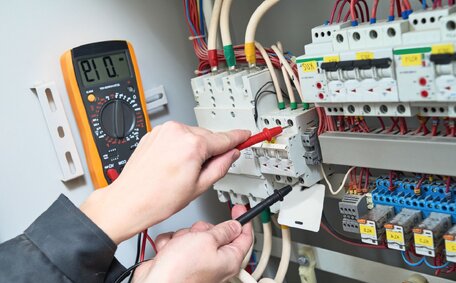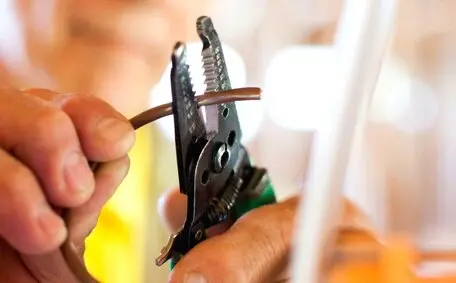
Steps You Should Take When You Receive an Electrical Defect Notice
Receiving an electrical defect notice can be stressful, but taking the right steps to rectify the issue and maintain a safe electrical system is essential.
Read MoreElectrical defect notices are important documents you need to understand if you’re a property owner in Sydney. These notices are issued when an electrical problem is found in a property’s system, meaning it doesn’t meet safety standards. It’s essential to be familiar with these to ensure your property remains safe and compliant.
Receiving an electrical defect notice means immediate action must be taken to rectify the issue and prevent potential hazards, such as electrical fires or electrocution. Failing to address a defect notice can lead to serious consequences, including fines and legal liabilities.
As a property owner in Sydney, it is essential to familiarise yourself with electrical defect notices and the steps required to resolve them promptly, ensuring the safety of your property and its occupants.
An electrical defect notice is a formal document issued by the relevant authorities in Sydney when an electrical installation fails to meet the required safety standards. These notices are typically issued by the NSW Department of Fair Trading or the relevant power authority, such as Endeavour Energy or Ausgrid.

The purpose of an electrical defect notice is to alert the property owner of the identified electrical defect and outline the necessary steps to rectify the issue, ensuring the safety and compliance of the electrical system.
There are several reasons you might receive an electrical defect notice, such as faulty wiring or outdated installations. These notices explain the specific issue, the risks, and how long you have to fix them. Ignoring them can lead to penalties or even having your electricity cut off. In Sydney, different authorities can issue these notices, like the NSW Department of Fair Trading or energy providers like Endeavour Energy.
This government department oversees electrical safety and compliance in New South Wales. It conducts inspections and issues defect notices when electrical installations do not meet the required standards.
These are the leading electricity distributors in Sydney. They are responsible for maintaining the electricity network and ensuring that electrical connections to properties are safe and compliant. They can issue defect notices for issues related to the point of attachment, such as private power poles, power lines or low-hanging overhead cables.
These are licensed electrical contractors authorised to work on the electricity network. They can identify electrical defects during their work and report them to the relevant authorities, which results in the issuance of a defect notice.
If you get an electrical defect notice, it’s vital to act fast. Hiring a licensed electrician to sort out the problem ensures everyone stays safe. Delaying this could put your property at risk and come with legal or financial repercussions.
Electrical defect notices pop up when there are any issues in a property’s electrical system. These problems can be minor or major but all pose risks to safety. Getting familiar with common defects is key, so you know how to handle them properly.
Faulty wiring is among the most common reasons for receiving an electrical defect notice. This can include damaged, frayed, or exposed wires and wiring that does not meet the required safety standards. Faulty wiring can lead to electrical fires, electrocution, and other serious hazards.

Circuits become overloaded when there are too many devices drawing power from them. This can lead to overheating and even fires. If an inspection finds overloaded circuits in a property, you might receive an electrical defect notice to address the issue.
Outdated or non-compliant electrical installations are another common reason for receiving an electrical defect notice. This can include old, deteriorated wiring, outdated switchboards, or electrical equipment that does not meet current safety standards. Non-compliant installations can pose a significant risk of electrical fires and electrocution.
Unsafe electrical work practices, such as DIY electrical repairs or hiring unlicensed contractors, can lead to electrical defects and subsequent defect notices. Licensed and qualified electricians should always carry out electrical work to ensure compliance with safety standards and minimise the risk of defects.
Ignoring or delaying action on a defect notice can put the property and its occupants at risk of electrical fires, electrocution, and other serious hazards. Promptly addressing electrical defects ensures the safety of the property, compliance with regulations, and the prevention of potential legal and financial consequences.

Tackling electrical defects quickly can prevent further problems and keep repair costs down. By hiring a licensed electrician to fix the issues, property owners ensure their systems meet safety standards, avoiding future defect notices.
The electrical defect notice process begins when an electrical defect is identified during an inspection by the relevant authorities or reported by a licensed electrician. Once the defect is confirmed, the authority will issue an electrical defect notice to the property owner detailing the specific defect, the potential risks, and the timeframe for rectification.
The timeframe for rectifying the identified defects varies depending on the severity of the defect and the potential risks involved. Generally, property owners are given between 7 and 30 days to address the defect and provide evidence of compliance to the issuing authority.
To avoid these consequences, you must act promptly upon receiving an electrical defect notice and engage a licensed electrician to rectify the identified defects within the specified timeframe. Compliance with defect notices ensures the safety of the property, its occupants, and the wider community.

Hiring a licensed and experienced electrician is crucial when resolving electrical defect notices. A professional electrician can assess the identified defects, develop a plan to address them and ensure compliance with safety standards and regulations.
When you receive an electrical defect notice, take immediate action. The first step is to promptly contact a licensed electrical contractor to arrange for an assessment of the identified defects. The electrician will then develop a plan to rectify the defects, including obtaining necessary permits and approvals. Proper documentation and communication with the issuing authority are essential throughout rectifying. Property owners should engage an accredited service provider if any work is related to the connection points or a private power pole.
Upon completion of the rectification work, the electrician should provide a Certificate of Compliance.
Electrical defect notices are in place to maintain public safety in Sydney properties. As a property owner or landlord, promptly addressing these notices is essential to prevent hazards like electrical fires, switchboard failures, or missing equipment.
Ignoring a defect notification can lead to serious consequences from the NSW government or other authorities.
To ensure compliance and safety, contact a fully qualified Level 2 electrician, such as Bright Force Electrical, for expert assistance in resolving electrical defect notices, outdated switchboards, or private powerline issues. Act now to maintain a safe and compliant property.
Did you enjoy reading our article “What Are Electrical Defect Notices in Sydney”? We have many related articles you may also be interested in reading, like the below:
Receiving an electrical defect notice can be stressful, but taking the right steps to rectify the issue and maintain a safe electrical system is essential.
Read MoreBright Force Electrical are Sydney’s go-to Level 2 electricians, trusted for defect rectifications, power pole installations, metering, and emergency services. With full accreditation, strict safety standards, and 24/7 availability, their team provide reliable solutions for homes and businesses acro
Read MoreUncover the dos and don'ts of DIY electrical work in Sydney. Explore the permitted electrical tasks you can confidently handle at home, along with the potential dangers and penalties associated with illegal electrical work.
Read MoreWe will call back as soon as possible.



